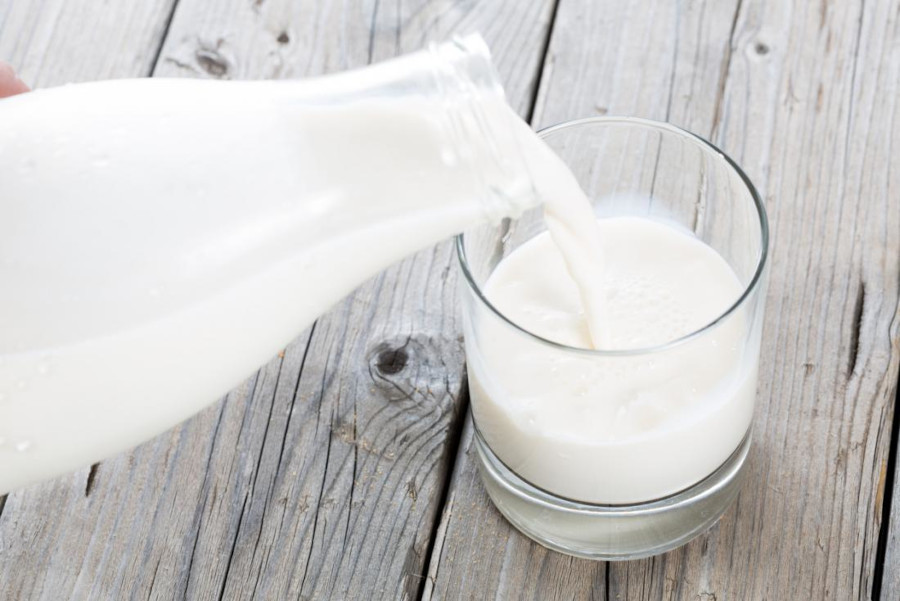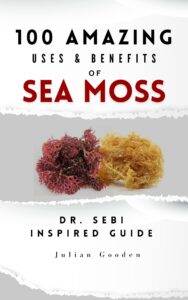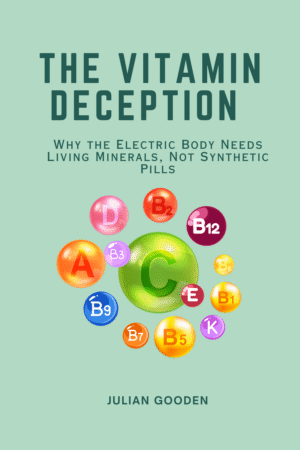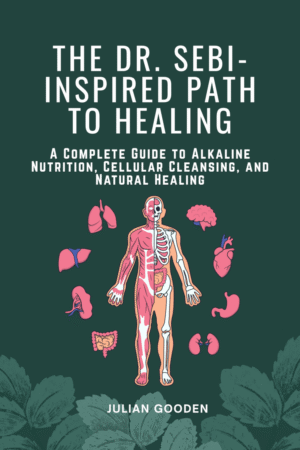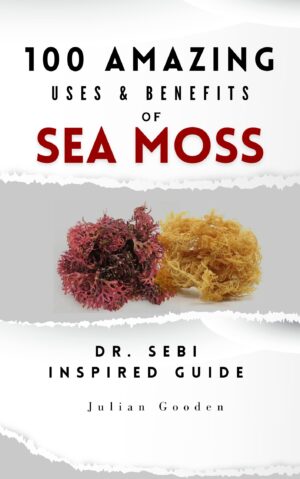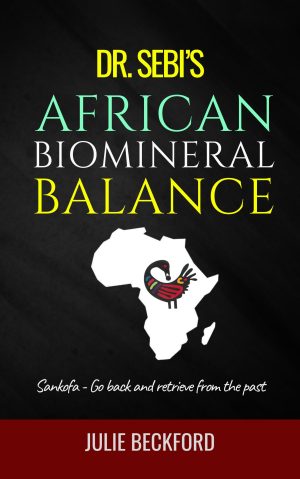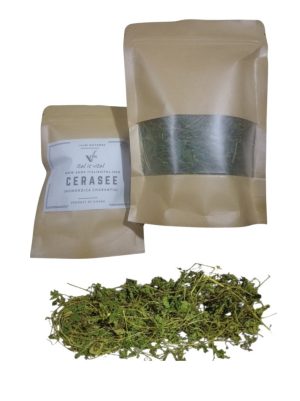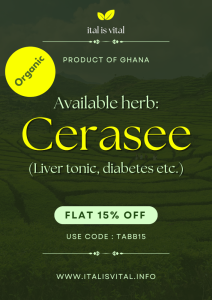Why Animals Produce Milk – A Dr. Sebi Inspired Perspective
In nature, for mammals, one of nature’s most remarkable gift is milk – a perfect, life-sustaining food crafted by the mother to nourish, protect, and ensure the survival of her newborn. Milk is not merely a liquid; it is nature’s first food, tailored to the unique needs of each species’ young.
Why Do Mammals Produce Milk?
All mammals, whether humans, cows, goats, elephants, or whales, produce milk for a singular, universal purpose: to feed their offspring. Secreted by the mammary glands, milk is a complete nutritional package designed to support a newborn during its most vulnerable stages of life, when it cannot yet consume solid foods. This remarkable substance provides the building blocks for growth, immunity, and survival, ensuring the continuation of the species.
Milk production is a biological marvel, orchestrated by hormones such as prolactin and oxytocin, which are triggered during pregnancy and childbirth. This process reflects nature’s precision, as each mammal’s milk is uniquely formulated to meet the specific developmental demands of its young.
The Purpose of Milk
Milk serves several critical functions, acting as a bridge between birth and independence:
- Complete Nutrition: Milk provides a balanced blend of nutrition that ensures hydration, tissue growth and repair, energy, and insulation. It contains essential minerals to support overall development.
- Immune System Support: A mother’s milk is rich in antibodies, and immune factors like immunoglobulins, which bolster the newborn’s defenses against infections and diseases. For example, colostrum – the first milk produced after birth is exceptionally high in immune-boosting compounds.
- Survival and Development: Milk sustains life during the critical early stages when a newborn’s digestive system is not yet ready for solid foods. It supports physical growth, organ development, and, in some species, specialized adaptations.
Each mammal’s milk is a masterpiece of specificity:
- Whales produce milk with an extraordinarily high fat content (up to 50% in some species) to provide energy and insulation for their calves in frigid ocean waters.
- Rabbits create nutrient-dense milk, as their young feed only once or twice daily, requiring concentrated sustenance for rapid growth.
- Humans produce milk with a balanced composition of nutrients, optimized for steady growth and significant brain development, reflecting the unique needs of human infants.
Nature’s design is exact – every species’ milk is a precise formula, perfectly suited to its offspring.
Cow’s Milk: Made for Calves, Not Humans
Cow’s milk is a prime example of nature’s specificity. It is engineered for calves, which are born weighing approximately 60-100 pounds and grow to several hundred pounds within months. This rapid growth requires specific milk composition and growth-promoting compounds.
While cow’s milk is ideal for calves, it is not designed for human consumption. The nutritional profile that supports a calf’s rapid growth is mismatched for humans, whose developmental needs are far different, particularly in terms of brain development and slower physical maturation.
Dr. Sebi’s Perspective on Cow’s Milk
Dr. Sebi emphasized that cow’s milk is incompatible with human health. His teachings, rooted in the African Bio-Mineral Balance, stress that foods should align with the body’s natural, alkaline state to promote vitality and prevent disease. According to Dr. Sebi’s teaching, and other information available – cow’s milk poses several challenges for humans:
- Species-Specific Design: Cow’s milk is formulated for calves, not humans. It is optimized for a calf’s rapid growth, and can overburden the human body, leading to imbalances.
- Lactose Intolerance: Many adults, particularly those of African descent, and also Asian, and other Indigenous people lack sufficient lactase needed to digest lactose after infancy. This can result in digestive issues such as bloating, gas, and diarrhea, as well as mucus buildup, which Dr. Sebi explained contributes to disease.
- Acid-Forming Nature: Cow’s milk is acid-forming in the body, disrupting the alkaline environment. Acidic foods promote inflammation, mucus production, and chronic illnesses.
- Hormonal and Chemical Concerns: Modern dairy farming often involves hormones and antibiotics, which can further disrupt human health. These additives as unnatural and harmful, compounding the mismatch between cow’s milk and human physiology.
Instead of animal milk, Dr. Sebi-inspired approach could include plant alternatives such as sea moss, hemp, walnut, or coconut milk. These options, when prepared naturally and without artificial additives, align with the alkaline, electric food principle. They provide nourishment without the digestive and systemic challenges associated with animal milk, supporting the body’s natural harmony.
Expanding the Perspective: Milk in a Broader Context
From a Dr. Sebi-inspired lens, milk’s purpose extends beyond biology, it reflects a deeper principle of alignment with nature. Consuming foods intended for other species disrupts the body’s electrical energy and natural balance. Dr. Sebi often emphasized that humans should eat foods that resonate with their genetic and ancestral makeup, particularly plant, mineral-rich foods that promote cellular regeneration and detoxification.
Moreover, the commercialization of dairy has distanced milk from its natural purpose. Modern processing methods – pasteurization, homogenization, and the addition of synthetic nutrients – strip milk of its “living” qualities, rendering it even less suitable for human consumption. Dr. Sebi advocated for returning to nature’s wisdom, choosing foods that are natural, organic, and in harmony with the body’s needs.
The Takeaway
Milk is a sacred gift from nature, designed with divine precision to nourish the young of each mammalian species. Cow’s milk serves calves perfectly, but it is not suited for humans. Dr. Sebi’s teachings remind us to honor nature’s design by choosing foods that align with our biology and ancestral heritage.
By using nutrient-rich, electric foods, we support our bodies’ natural healing and vitality. Health is about returning to nature – recognizing what belongs to us and leaving behind what does not. Let us choose foods that resonate with our biology, fostering balance, strength, and harmony.
References
- Biological Role of Milk in Mammals
- Neville, M. C. (1995). The Mammary Gland: Development, Regulation, and Function. Springer.
- This book provides a comprehensive overview of mammary gland function and milk production across mammalian species, supporting the claim that milk is tailored to the needs of each species’ young.
- Oftedal, O. T. (2012). “The Evolution of Milk Secretion and Its Ancient Origins.” Animal, 6(3), 355–368.
- Discusses the evolutionary purpose of milk and its species-specific composition, including high-fat milk in marine mammals like whales and nutrient-dense milk in species like rabbits.
- Neville, M. C. (1995). The Mammary Gland: Development, Regulation, and Function. Springer.
- Composition of Cow’s Milk
- Fox, P. F., & McSweeney, P. L. H. (2003). Advanced Dairy Chemistry: Volume 1, Proteins. Springer.
- Details the protein (casein, whey), fat, lactose, and mineral content of cow’s milk, explaining its role in supporting rapid calf growth.
- Haug, A., Høstmark, A. T., & Harstad, O. M. (2007). “Bovine Milk in Human Nutrition – A Review.” Lipids in Health and Disease, 6(25).
- Provides an overview of cow’s milk composition and its nutritional role for calves, with discussion of its challenges for human consumption, such as lactose intolerance.
- Fox, P. F., & McSweeney, P. L. H. (2003). Advanced Dairy Chemistry: Volume 1, Proteins. Springer.
- Lactose Intolerance and Human Health
- Swallow, D. M. (2003). “Genetics of Lactase Persistence and Lactose Intolerance.” Annual Review of Genetics, 37, 197–219.
- Explains the prevalence of lactose intolerance, particularly in populations of African, Asian, and Indigenous descent, supporting Dr. Sebi’s claim about digestive issues with cow’s milk.
- Ingram, C. J., Mulcare, C. A., Itan, Y., Thomas, M. G., & Swallow, D. M. (2009). “Lactose Digestion and the Evolutionary Genetics of Lactase Persistence.” Human Genetics, 124(6), 579–591.
- Discusses the genetic basis for lactose intolerance and its implications for human health, aligning with Dr. Sebi’s view that cow’s milk is not suited for many humans.
- Swallow, D. M. (2003). “Genetics of Lactase Persistence and Lactose Intolerance.” Annual Review of Genetics, 37, 197–219.
- Dr. Sebi’s Philosophy and African Bio-Mineral Balance
- Sebi, A. (n.d.). The Dr. Sebi Nutritional Guide. Available through various online platforms and Dr. Sebi’s official website.
- Outlines Dr. Sebi’s recommended plant-based, alkaline foods and his rejection of animal products, including cow’s milk, as acid-forming and detrimental to human health.
- Videos and Lectures by Dr. Sebi (e.g., interviews and talks available on platforms like YouTube, such as “Dr. Sebi on Milk and Dairy”).
- Dr. Sebi frequently discussed the incompatibility of cow’s milk with human health, emphasizing plant-based milks like almond, hemp, and coconut as alternatives. These lectures are primary sources for his perspective.
- Sebi, A. (n.d.). The Dr. Sebi Nutritional Guide. Available through various online platforms and Dr. Sebi’s official website.
- Plant-Based Milks and Alkaline Diet
- McCarty, M. F. (2003). “Acid-Base Balance May Influence Risk for Insulin Resistance and Type 2 Diabetes.” Medical Hypotheses, 61(5-6), 645–653.
- Explores the concept of acid-forming versus alkaline foods, supporting Dr. Sebi’s emphasis on alkaline diets for health, though not directly referencing his work.
- Vanga, S. K., & Raghavan, V. (2018). “How Well Do Plant-Based Alternatives Fare Nutritionally Compared to Cow’s Milk?” Journal of Food Science and Technology, 55(1), 10-20.
- Compares the nutritional profiles of plant-based milks (e.g., almond, oat, coconut) to cow’s milk, highlighting their suitability as alternatives, which aligns with Dr. Sebi’s recommendations.
- McCarty, M. F. (2003). “Acid-Base Balance May Influence Risk for Insulin Resistance and Type 2 Diabetes.” Medical Hypotheses, 61(5-6), 645–653.
- Commercial Dairy Concerns
- Malekinejad, H., & Rezabakhsh, A. (2015). “Hormones in Dairy Foods and Their Impact on Public Health – A Narrative Review Article.” Iranian Journal of Public Health, 44(6), 742-758.
- Discusses the presence of hormones and antibiotics in modern dairy production, supporting Dr. Sebi’s concerns about the unnatural nature of commercial milk.
- Kummerow, F. A. (2013). “Two Lipids in the Diet, Rather Than Cholesterol, Are Responsible for Heart Failure and Stroke.” Clinical Lipidology, 8(5), 497-499.
- Critiques the health impacts of processed dairy, reinforcing Dr. Sebi’s view that modern dairy processing diminishes its natural qualities.
- Malekinejad, H., & Rezabakhsh, A. (2015). “Hormones in Dairy Foods and Their Impact on Public Health – A Narrative Review Article.” Iranian Journal of Public Health, 44(6), 742-758.


